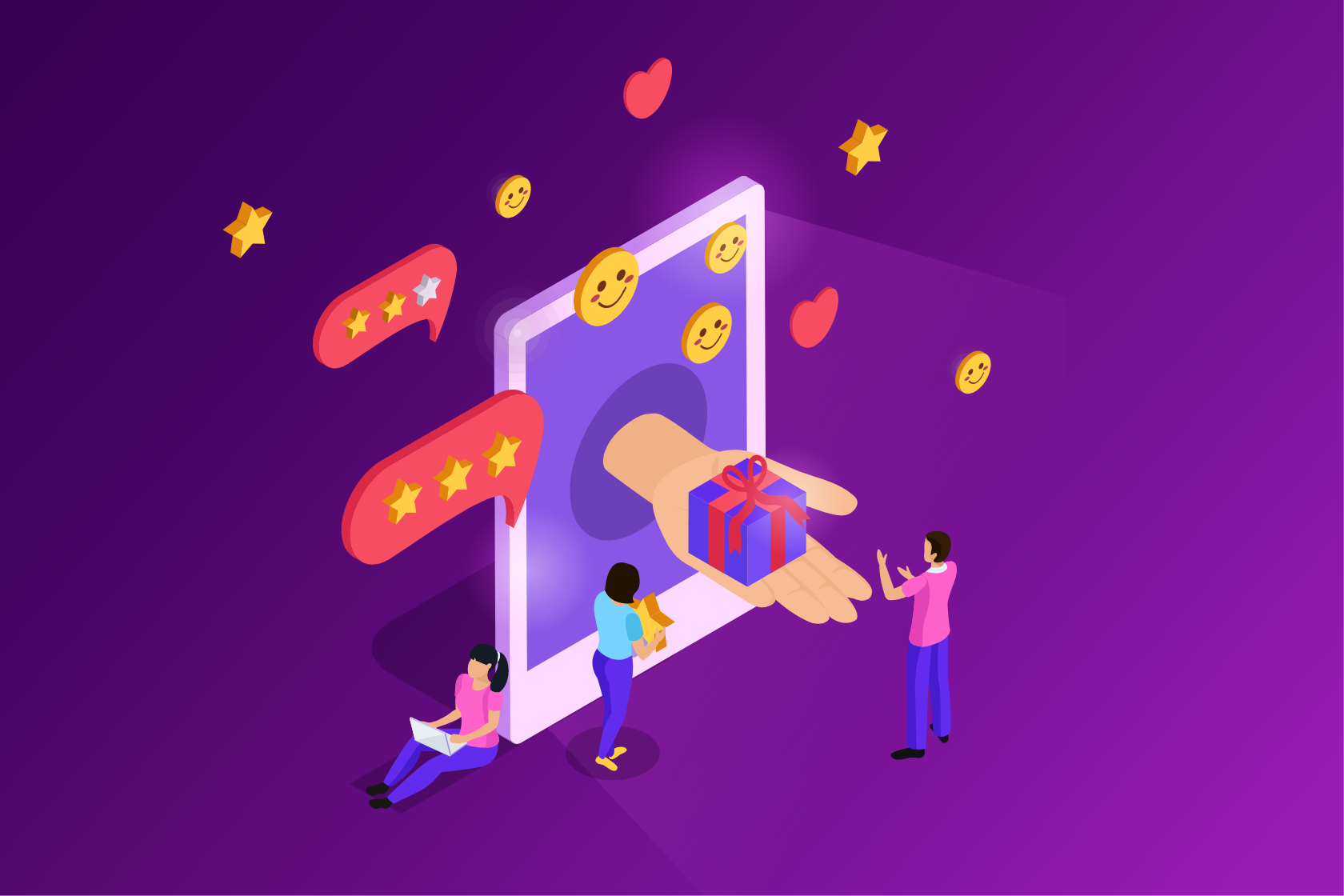 How to Develop and Implement a Customer Loyalty Program
How to Develop and Implement a Customer Loyalty Program
In today's competitive business landscape, retaining customers is just as crucial as acquiring new ones. A well-crafted customer loyalty program can significantly enhance customer retention rates and foster long-term relationships. However, developing and implementing such a program requires careful planning and strategic thinking. Here’s a comprehensive guide on how to create and execute an effective customer loyalty program:
Before diving into creating a loyalty program, it's essential to understand your customers' preferences, behaviors, and expectations. Conduct surveys, analyze purchase patterns, and gather feedback to identify what motivates your customers to return. This foundational understanding will shape the structure and rewards of your loyalty program.
Define specific goals for your loyalty program. Are you aiming to increase customer retention by a certain percentage, boost average order value, or encourage repeat purchases? Clear objectives will guide your decisions throughout the program's development and evaluation phases.
Loyalty programs can take various forms, such as points-based systems, tiered programs, cash-back incentives, or experiential rewards. Select a model that aligns with your customer demographics, business model, and objectives. Consider what type of rewards will resonate most with your audience.
Develop rewards that are meaningful and appealing to your customers. Whether it’s discounts, exclusive offers, free products, or VIP experiences, ensure that the rewards provide tangible value and incentivize continued engagement with your brand.
The success of your loyalty program hinges on user experience. Make it easy for customers to enroll, track their progress, and redeem rewards. Utilize user-friendly interfaces, mobile accessibility, and clear communication to enhance engagement and satisfaction.
Launch your loyalty program with a robust marketing campaign. Use multiple channels—such as email newsletters, social media, in-store signage, and your website—to spread awareness and encourage sign-ups. Highlight the benefits of joining and emphasize the value of being a loyal customer.
Continuously monitor the effectiveness of your loyalty program through key metrics like enrollment rates, redemption frequency, and customer retention rates. Solicit feedback from participants to identify areas for improvement and make adjustments to maximize impact.

Leverage customer data to personalize your interactions and rewards. Tailor communications based on individual preferences and purchase history to make customers feel valued and understood.
Integrate your loyalty program across all touchpoints, whether online, in-store, or through customer service interactions. Consistency in rewards and recognition enhances the overall customer experience and reinforces loyalty.
Incentivize customers to refer friends and family by offering additional rewards for successful referrals. Encourage brand advocacy through social sharing and reviews, leveraging satisfied customers as ambassadors for your business.
The market and customer expectations evolve over time, so your loyalty program should evolve as well. Stay updated with industry trends and adapt your program to meet changing customer needs and competitive dynamics.
Developing and implementing a successful customer loyalty program requires a strategic approach that combines understanding your customers, setting clear objectives, designing compelling rewards, and ensuring a seamless user experience. By focusing on building long-term relationships and enhancing customer satisfaction, businesses can foster loyalty and drive sustainable growth in a competitive marketplace.